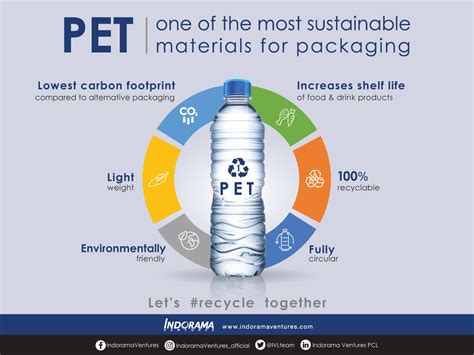Introduction

The pet food industry is constantly evolving, with new products and packaging solutions emerging to meet the needs of pet owners and their furry companions. However, the impact of pet food packaging on the environment has become a growing concern, prompting a shift towards more sustainable packaging practices. This article delves into the challenges and opportunities surrounding pet food packaging and sustainability, exploring the current landscape and offering a glimpse into the future of this critical industry.
The Problem: Plastic Pollution’s Paw Print
Plastic waste is a significant environmental problem, with an estimated 8 million tons of plastic entering our oceans each year. Pet food packaging, primarily made from plastic, contributes to this pollution. According to the American Pet Products Association (APPA), the United States alone produces over 300 million pounds of pet food packaging waste annually. This waste often ends up in landfills, where it can take hundreds of years to decompose, or in our oceans, where it harms marine life and ecosystems.
The Sustainability Imperative: A Shift Towards Eco-Friendly Options
The growing awareness of plastic pollution has driven the pet food industry to embrace sustainability initiatives. Consumers are increasingly demanding eco-friendly packaging options, and manufacturers are responding with innovative solutions. Compostable, biodegradable, and recyclable packaging materials are gaining popularity, offering viable alternatives to traditional plastics.
-
Compostable Packaging: Made from plant-based materials such as corn starch or cellulose, compostable packaging breaks down into organic matter in a matter of months under specific conditions. This packaging option is ideal for pet food that is consumed quickly.
-
Biodegradable Packaging: Biodegradable packaging decomposes over time through natural processes, typically within a year. While not as rapidly degradable as compostable packaging, biodegradable materials can still reduce the environmental impact of pet food packaging.
-
Recyclable Packaging: Recyclable packaging can be processed and transformed into new packaging or other products. Recycling programs vary by location, but many municipalities offer curbside recycling for plastics. Recycling pet food packaging can significantly reduce waste and conserve resources.
Benefits of Sustainable Packaging: A Pawsitive Impact
Adopting sustainable pet food packaging practices offers numerous benefits, including:
-
Reduced Environmental Impact: Sustainable packaging materials reduce plastic pollution, greenhouse gas emissions, and waste disposal costs.
-
Improved Brand Reputation: Consumers increasingly prefer brands that align with their values, including environmental sustainability. Adopting sustainable packaging can enhance brand reputation and customer loyalty.
-
Cost Savings: While sustainable packaging materials may have a higher upfront cost, they can lead to long-term savings through reduced waste disposal fees and improved operational efficiency.
Challenges and Opportunities in 2025 and Beyond
The transition to sustainable pet food packaging is not without challenges. Factors such as cost, availability, and consumer acceptance need to be considered. However, the industry is rapidly evolving, and new technologies and solutions are emerging to overcome these hurdles.
-
Cost Considerations: Sustainable packaging materials can be more expensive than traditional plastics. However, as the demand for eco-friendly options grows, economies of scale will likely drive down costs over time.
-
Availability: The availability of sustainable packaging materials can vary depending on geographic location and supplier capacity. As the demand for sustainable packaging increases, the supply chain will adapt to meet these needs.
-
Consumer Acceptance: Encouraging consumers to embrace sustainable packaging is crucial. Education and awareness campaigns can help consumers understand the benefits of sustainable packaging and encourage them to make informed choices.
The Future of Pet Food Packaging: Innovative Solutions
The future of pet food packaging is bright, with ongoing research and development leading to innovative solutions. Some emerging trends include:
-
Bio-based Plastics: Bio-based plastics are made from renewable resources such as plants or algae. These materials offer similar properties to traditional plastics but have a lower environmental impact.
-
Edible Packaging: Edible packaging is designed to be consumed along with the pet food, eliminating packaging waste altogether. This concept is still in its early stages of development but holds great promise for the future.
-
Smart Packaging: Smart packaging incorporates sensors or other technologies to monitor the condition of the pet food and communicate with consumers. This technology can help reduce waste by ensuring that pet food is consumed before it spoils.
Conclusion: Embracing Sustainability for a Pawsitive Future
The pet food industry has a responsibility to reduce its environmental impact, and sustainable packaging is a critical step in this process. By adopting compostable, biodegradable, and recyclable materials, the industry can significantly reduce plastic pollution and promote a more sustainable future for pets, their owners, and the planet we share. As the demand for sustainable packaging grows, manufacturers will continue to innovate and develop new solutions that meet the needs of both consumers and the environment.





















